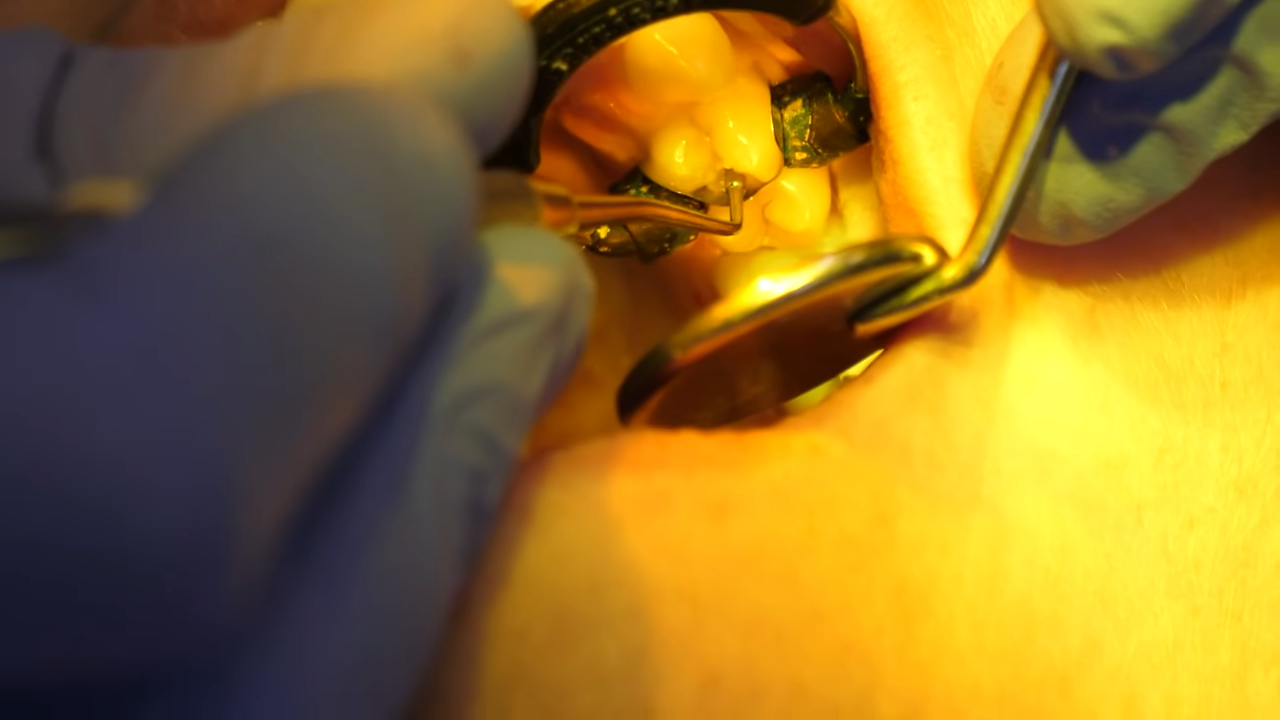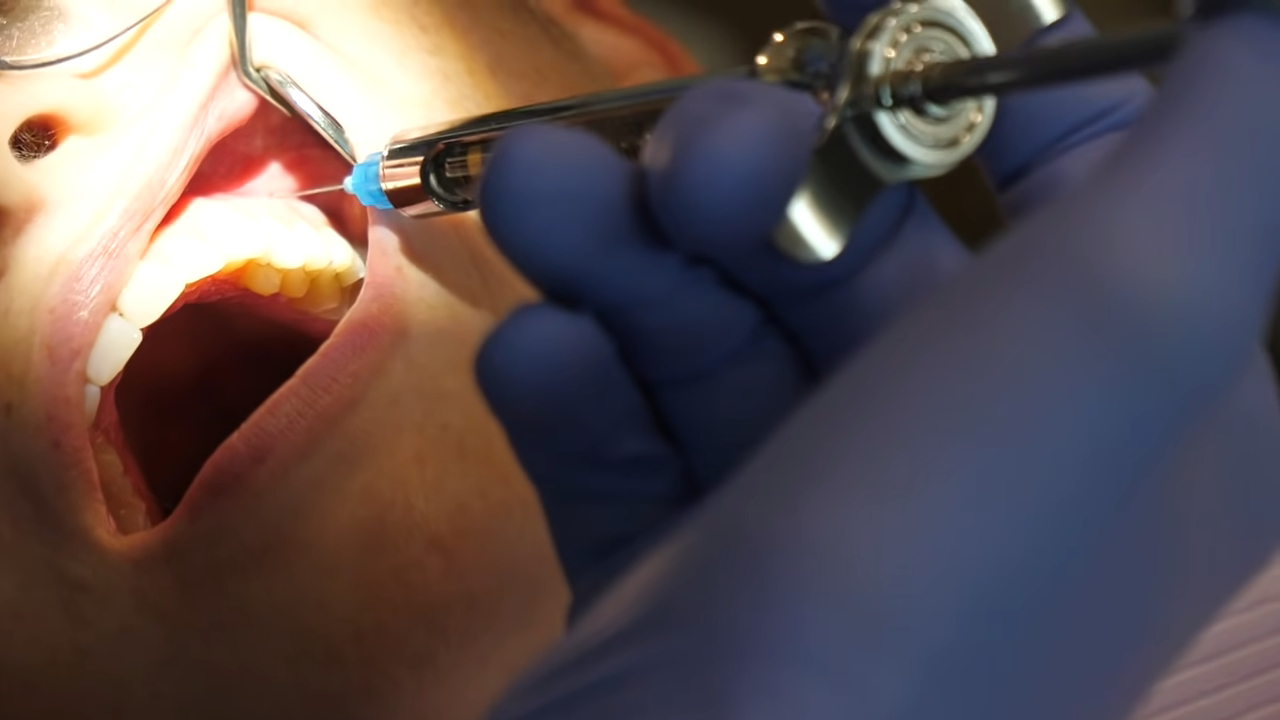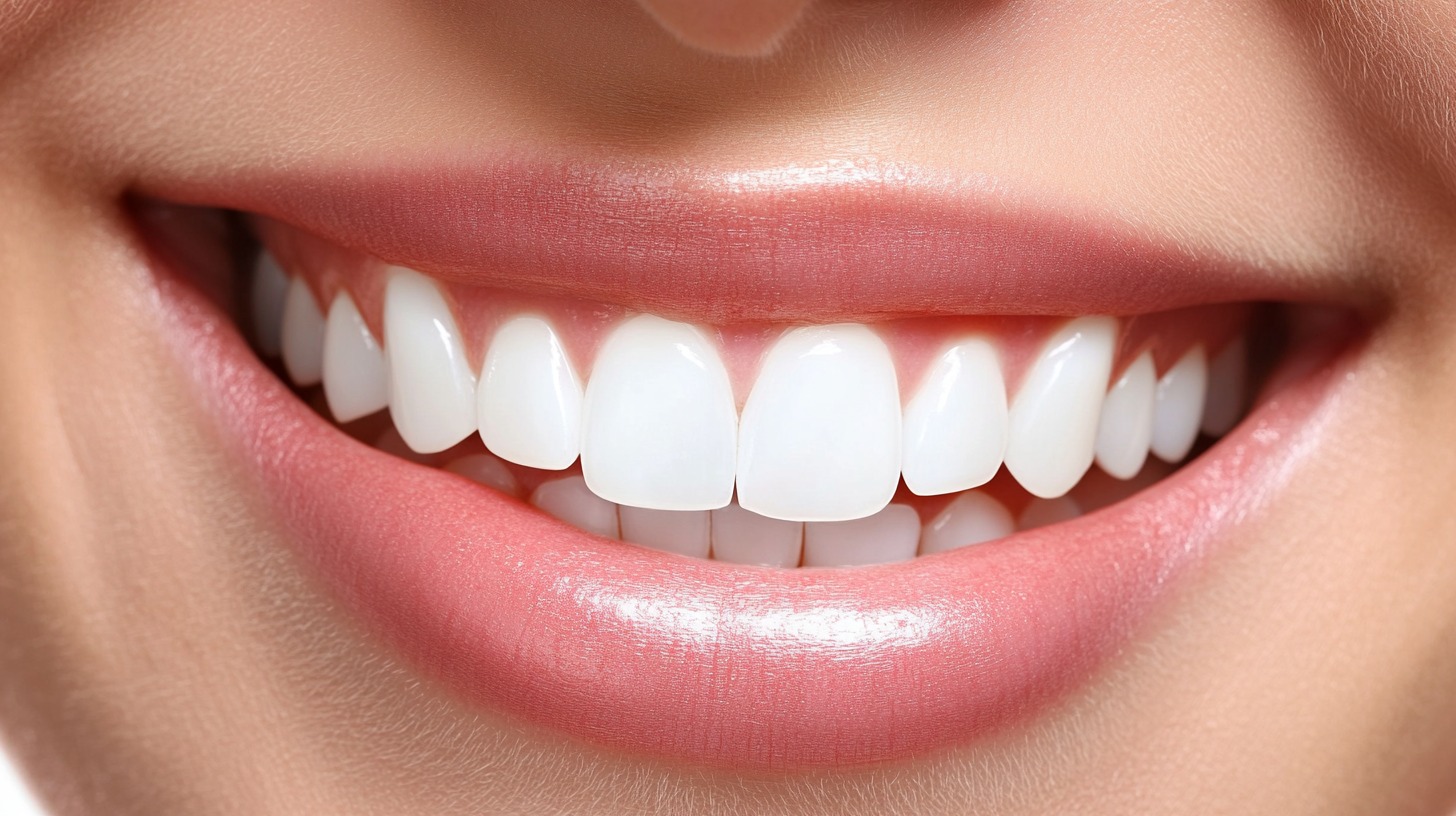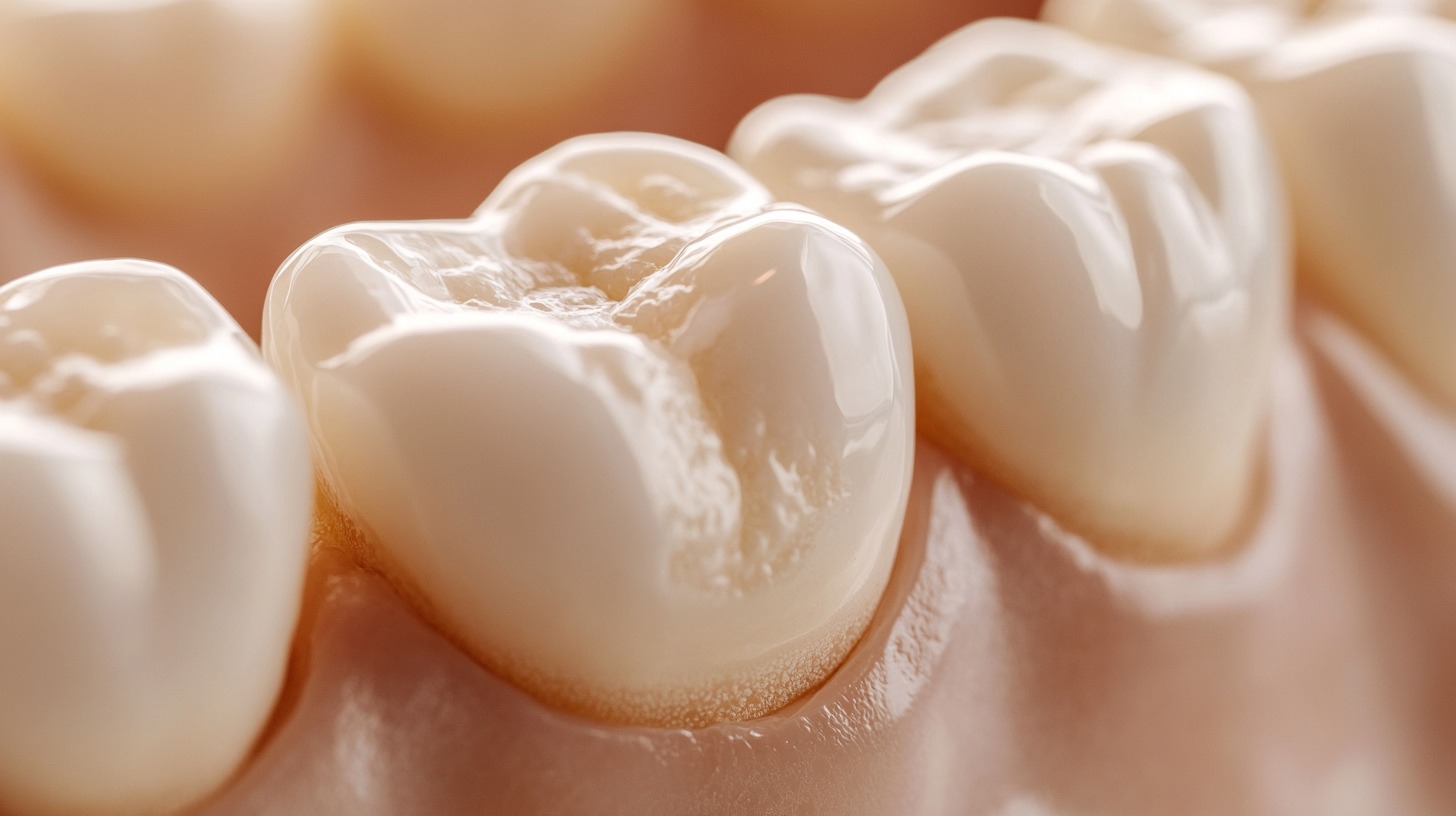Tooth fillings are essential for restoring damaged teeth and preventing further decay.
However, for individuals without dental insurance, the costs can feel overwhelming and unpredictable.
The price of a filling depends on various factors, including the type of material used and the complexity of the procedure.
To learn about the average costs of tooth fillings, one must understand the factors influencing prices, and practical ways to save money while maintaining oral health.
Average Cost Breakdown by Tooth Filling Material
The average cost of tooth fillings without dental insurance generally revolves around $90 to $250 for fillings involving one or two tooth surfaces, and $150 to $450 for fillings covering three or more surfaces.
Tooth fillings come in a variety of materials, each with its:
- Characteristics
- Advantages
- Costs
Choosing the right material involves balancing durability, aesthetics, and price.
| Filling Material | Cost Range | Advantages | Disadvantages | Best For |
|---|---|---|---|---|
| Metal (Silver Amalgam) | $50–$200 (1–2 teeth), Up to $400 (3+ teeth) | Highly durable (10–15 years or more), Affordable | Noticeable metallic appearance, Contains mercury | Back teeth (molars), Focus on durability |
| Composite (Tooth-Colored) | $150–$550 depending on cavity size and surfaces | Matches natural tooth color, Bonds well to the tooth | Less durable (5–10 years), Can stain over time | Front teeth, Aesthetic priority |
| Gold | $300–$1,800 depending on procedure complexity | Extremely durable (20+ years), Resistant to corrosion | Very expensive, Highly noticeable color | Long-lasting solutions, Not concerned about visibility |
| Porcelain (Ceramic) | $300–$4,500 per procedure | Excellent aesthetics, Stain-resistant | Most expensive option, Can be brittle | Premium aesthetics, Willing to invest in care |
Choosing the Right Material
When deciding on a filling material, consider:
- Durability: How long do you need the filling to last?
- Aesthetics: Is it important for the filling to be unnoticeable?
- Cost: What is your budget, especially if you don’t have dental insurance?
Factors Affecting the Cost of Tooth Fillings

The cost of tooth fillings without insurance is influenced by several key factors.
Understanding these elements can help patients anticipate expenses and plan accordingly.
1. Material Used
The type of filling material significantly impacts the overall cost:
- Metal (Silver Amalgam): Affordable but less aesthetic, costing $50–$400 depending on cavity size.
- Composite (Tooth-Colored): Matches natural tooth color but costs more, ranging from $150–$550.
- Gold: Durable and long-lasting but highly expensive, costing $300–$1,800.
- Porcelain (Ceramic): The most aesthetic and stain-resistant option, with prices from $300–$4,500.
Each material varies in durability, appearance, and price, affecting a patient’s choice.
2. Size and Location of the Cavity
The location and size of the cavity determine the complexity and cost of the filling:
- Molars: Larger and harder to access, fillings here are generally more expensive.
- Front Teeth: Smaller cavities may cost less but require materials that match natural tooth color.
- Multi-Surface Fillings: Cavities involving more than one surface of a tooth add complexity and cost.
3. Complexity of the Procedure
The complexity of the filling process can increase the overall cost:
- Deep Cavities: May require a base or liner to protect the tooth pulp, adding to expenses.
- Proximity to Nerves: Extra care and materials may be necessary to avoid damage, increasing costs.
- Irregular Cavity Shapes: Complicated shapes may require more time and advanced techniques.
4. Diagnostic Procedures
Diagnostic tools used before the filling also contribute to the total cost:
- X-rays: Essential for identifying cavities, with prices ranging from $10 to $250.
- Comprehensive Exams: Routine check-ups may cost $20–$100, depending on the dentist’s practice.
These procedures ensure accurate diagnosis but add to the patient’s out-of-pocket expenses.
5. Anesthesia and Additional Charges

Additional charges, such as anesthesia, can influence the final bill:
- Local Anesthesia: Necessary for pain management, costs vary based on dosage and clinic policies.
- Follow-Up Visits: Some fillings may require post-procedure check-ups, incurring extra fees.
Additional Costs
When considering tooth fillings without insurance, it’s important to account for expenses beyond the filling itself.
These additional charges can quickly add up, significantly impacting the total cost of care:
Examination Fees
Before the filling procedure, a routine dental exam is typically required to assess the condition of your teeth.
This fee ranges from $20 to $100, depending on the clinic and its location. Comprehensive exams involving more detailed assessments may cost more.
X-rays

Dental x-rays are often necessary to accurately identify cavities and assess the extent of damage.
Costs vary widely, from $10 to $250, based on the type and number of x-rays needed. For example, panoramic x-rays or full-mouth series tend to be more expensive than single bitewing x-rays.
Anesthesia Charges
For patients requiring local anesthesia, costs can depend on the complexity of the procedure and the amount of anesthetic needed.
Charges may range from $50 to $300. In rare cases where sedation dentistry is required, the expense could be even higher.
Other Diagnostic and Preparatory Procedures
Sometimes, additional diagnostic tools like cavity or bacterial detection lasers or intraoral cameras are used, which may incur extra costs. Preparing the tooth, such as removing old fillings or decay, might also increase the overall expense.
Planning financially for these supplementary costs is essential.
Discussing the anticipated charges with the dental office beforehand ensures transparency and helps manage expectations. Many clinics provide a detailed cost breakdown during the consultation phase, which can help you budget effectively.

Cost-Saving Options
Without dental insurance, paying for fillings can feel overwhelming, but several cost-saving strategies can make the process more affordable:
Dental Discount Plans
Dental discount plans allow members to access reduced rates for a variety of dental procedures, including fillings.
These plans typically require an annual membership fee, but the potential savings often outweigh the upfront cost.
Participating clinics provide a fixed percentage off their standard fees, making this an attractive option for uninsured patients.
Payment Plans
Many dental offices offer flexible payment plans, enabling patients to pay for their treatment in installments rather than a lump sum.
The approach reduces financial strain and makes procedures like fillings more accessible.
Be sure to inquire about interest rates or fees associated with financing options.
Replacing Older Fillings
If you have older fillings that are wearing down, replacing them with more affordable materials could save money in the long term.
For example, transitioning from high-maintenance gold fillings to durable yet cost-effective composite fillings can be a viable solution.
Dental Schools
Local dental schools often provide discounted services to the public as part of their training programs.
These procedures are performed by supervised students, ensuring safety and quality while significantly reducing costs.
The Bottom Line
The cost of tooth fillings varies widely based on materials, complexity, and additional charges.
Exploring affordable options and consulting with a dental professional ensures the best outcome for both oral health and finances.
Investing in proper dental care today prevents larger expenses tomorrow.

